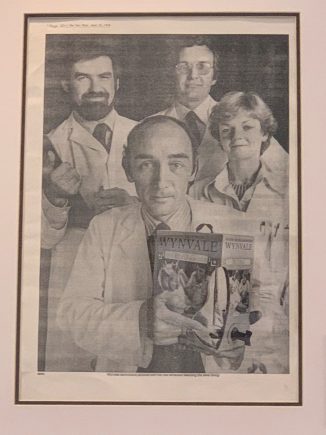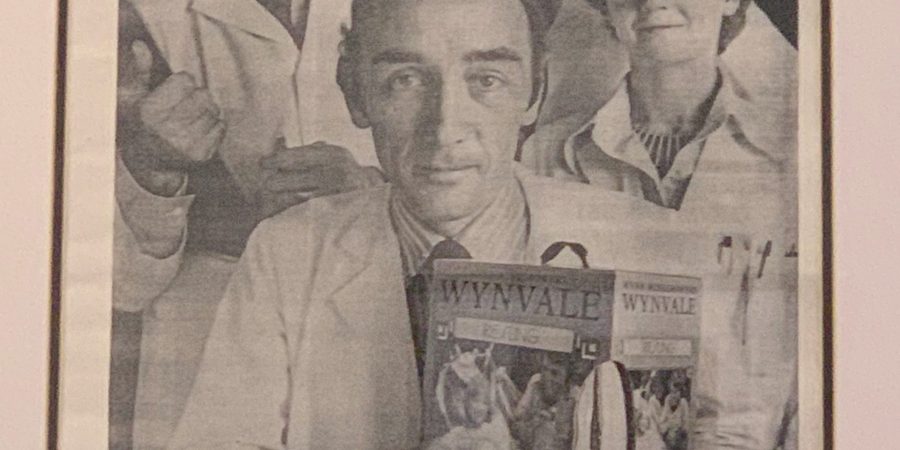Last week we explored the history of wine packaging and how it’s changed over time.
We’ve been putting wine into glass bottles since the 17th century, but what other options are out there?
Driven by environmental sustainability, cost efficiency, and evolving consumer preferences, new trends in wine packaging are gaining popularity. But will any of them ever become the new norm?
Let’s take a look…
The Rise of Alternative Wine Packaging
Before we start here are a couple of interesting stats I found…
- A recent study suggests that the global market for alternative wine packaging will grow at a rate of 4.4% from 2021 to 2028. Apparently consumer preferences are changing and we’re after convenience, sustainability, and cost-effectiveness.
- In 2020 the Nielsen Report discovered a 31.5% increase in sales of boxed wine (3L) in the US market over the previous year! That makes it the fastest growing wine category! (please tell me I’m not the only one blown away by this stat?!)
- The same report found that canned wine (which we’ll chat about in a minute) saw a 69.2% increase in sales during the same period!
So, what’s behind this shift and what’s wrong with glass bottles??! It can’t just be because all the young ones want something new and trendy (is that even a word the young ones use anymore?), can it?
Environmental Impact and Sustainability
Alternative wine packaging offers significant environmental benefits compared to traditional glass bottles. It takes a lot of energy to produce glass bottles and (because they’re heavy) they contribute to higher transportation carbon emissions.
Alternate materials like aluminium and PET plastic are lightweight and recyclable. In fact, aluminium can be endlessly recycled without quality loss.
Innovative packaging solutions like plant-based and paper bottles further reduce carbon footprints.
Reusable bottles and wine kegs eliminate single-use waste entirely, contributing to a more sustainable wine industry.
And it looks like consumers are really starting to take notice. The Wine Intelligence Report 2021 shows that 35% of regular wine drinkers in the US and 43% in the UK are considering the environmental friendliness of packaging when purchasing wine. That’s up from 30% and 38% respectively in 2020.
Convenience and Portability
Alternative wine packaging aligns with the lifestyle of modern, on-the-go consumers. Lightweight, unbreakable versions like aluminium cans, PET bottles, wine pouches, and Tetra Paks are ideal for outdoor activities and travel.
Wine kegs offer convenience for venues by ensuring a constant flow of fresh wine.
The Wow Factor (i.e.. trendiness!)
(again, if there is a young person out there who can tell me what word you’re using instead of trendy these days, that would be much appreciated!)
Alternative wine packaging offers wineries a chance to stand out in the crowd with creative, eye-catching designs.
Sustainable packaging options help wineries align with consumer preferences for environmental responsibility, enhancing brand image and appeal.
Different packaging formats can also cater to specific consumer segments, providing a strategic advantage in the marketplace.
Types of Alternative Wine Packaging
Bag-in-Box (BiB)

Most of us would be familiar with this option. And the fact that I want to make a joke about it suggests that we don’t take the contents of this type of packaging very seriously!
In all seriousness though, BiB prevents oxidation, keeping wine fresh longer after opening, and is lighter than glass, reducing transportation costs and carbon emissions.
Cans
Canned wine offers convenience, lightweight single-serve portions with a lower carbon footprint compared to glass. They’re also fully recyclable.
While cans are ideal for wines meant to be consumed young, they are not suitable for wines that need to age. There are also concerns over quality perception among consumers.
Still wines, sparkling wines, and wine spritzers in cans are gaining popularity as consumers embrace the convenience of single-serve formats.
Plastic Bottles
Plastic bottles, made from 100% PET, are lightweight, resistant to breakage, and recyclable. I’ve also seen flat versions that are much easier to transport.
They mimic the shape of conventional wine bottles, helping to combat the perception issue associated with plastic packaging.
However, global recycling rates for PET remain relatively low, and there are concerns about the perceived quality of wine in plastic bottles.
Plant-Based Bottles
Plant-based bottles are made from renewable resources like corn starch and sugar cane.
They have similar characteristics to PET bottles but with a lower carbon footprint.
The production process for these bottles needs to be scaled up, and there are concerns about the impact on food resources.
Reusable Bottles
Reusable bottles, used in wine refill schemes or at wine fountains (heading off to research how to get one of these installed at the Cellar Bar!), offer a sustainable packaging solution by reducing single-use packaging waste.
This option, however, requires consumer buy-in and complex logistics for implementation.
Paper Bottles
Paper bottles are made primarily from sustainably sourced paper with a food-grade liner.
They are lighter than glass, reducing transportation costs and carbon emissions. They are also 100% recyclable.
The challenge is ensuring that the wine’s taste and quality are not impacted by the packaging.
Tetra Paks
Tetra Paks are lightweight, unbreakable, and easy to transport, offering a large surface area for branding.
However, consumer perception and the complexity of recycling due to the combination of paper, plastic, and aluminium are issues.
Pouches
Wine pouches provide a portable solution, protecting wine from oxidation and being lightweight and unbreakable.
However, they face challenges with recyclability and consumer perception of quality.
Kegs
Wine kegs are suitable for on-premise consumption in bars and restaurants. They keep wine fresh for up to six months, reduce packaging waste, and offer cost savings.
They require specific equipment to serve and are not suitable for retail distribution.
But how does it taste?!
Obviously maintaining wine quality, taste, and shelf life is crucial, regardless of packaging format.
Studies show that wine stored in alternative packaging maintains its quality as well as wine in traditional glass bottles. In some cases, alternative packaging can enhance shelf life by keeping oxygen out.
And before you ask…
We’re not making any immediate plans to change our packaging. While it would be fin to explore some of these alternatives, for tiny wineries like ours, they’re pretty out of our reach. For now…!
